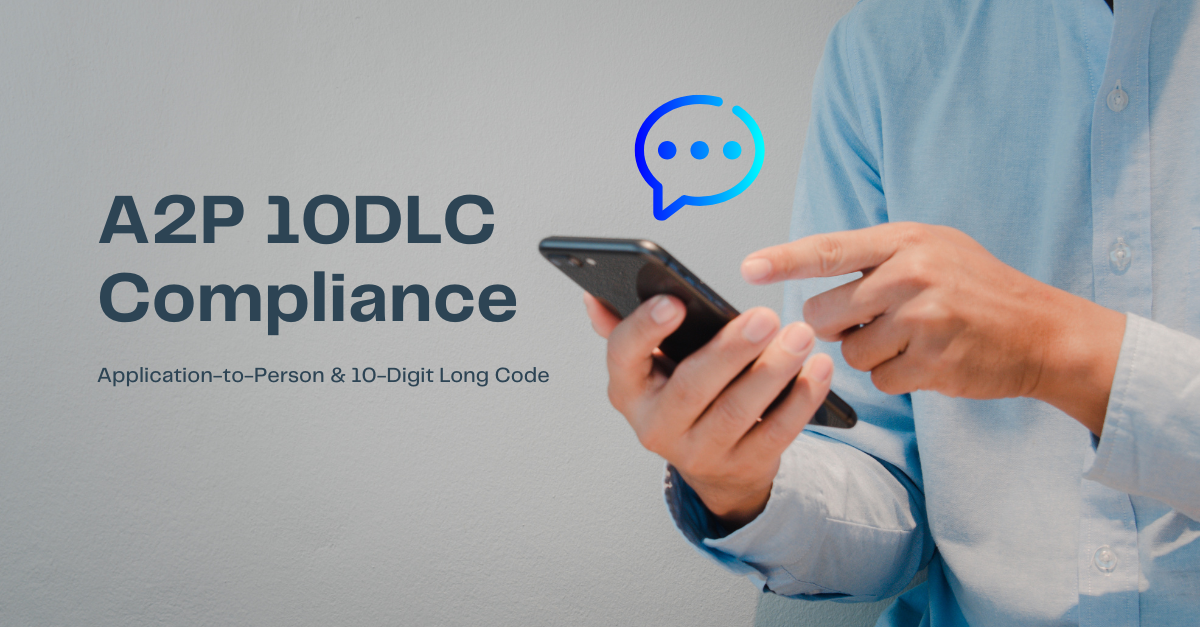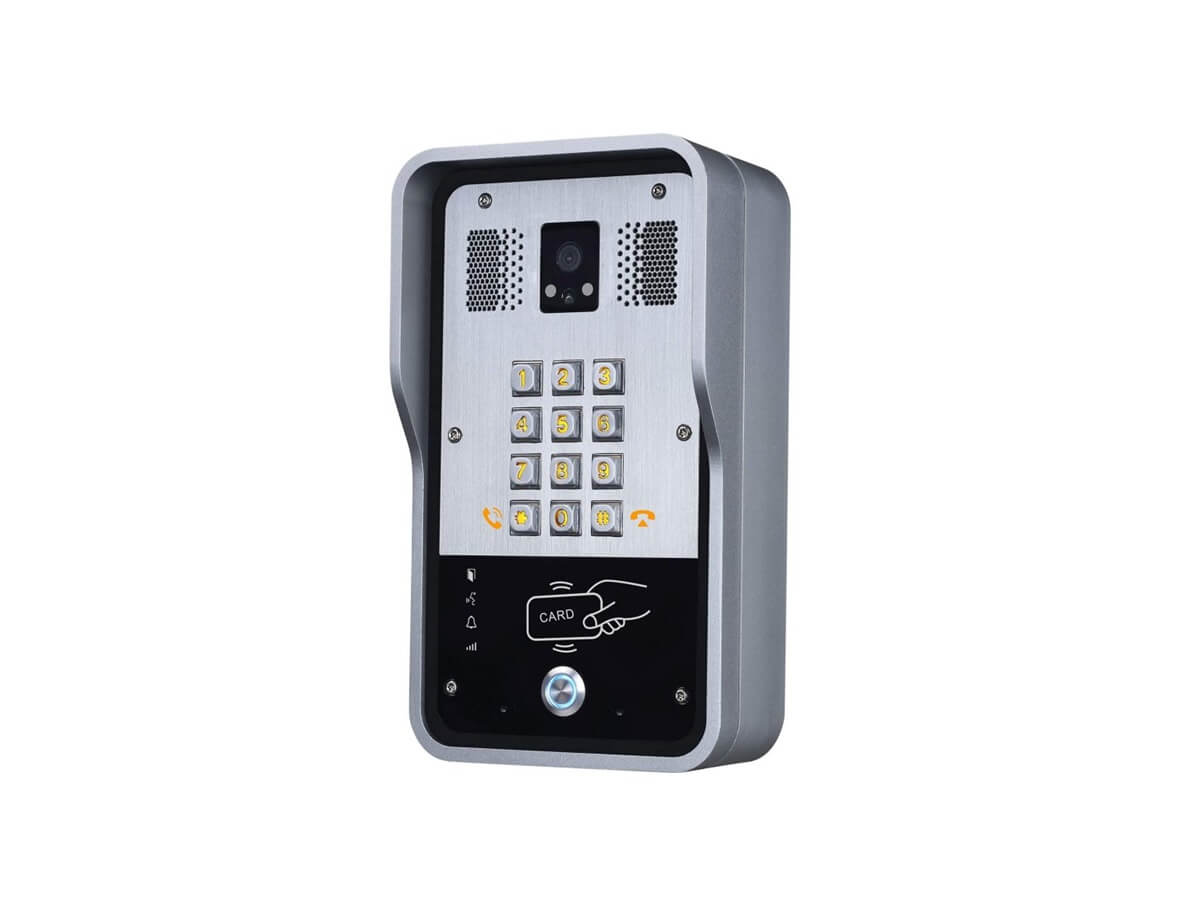Reliable telephone connectivity becomes crucial in growing your business from its initial phase to establishing it as a fully-fledged enterprise. Consider options for Private Branch Exchange (PBX) systems to meet these escalating demands.
Imagine having a phone system in your office that allows you to make calls and expands your capabilities. Could that be useful to you?
You might be contemplating a more advanced communication solution rather than settling for a traditional phone system. We invite you to explore our comprehensive guide on PBX to uncover the difference and how it enhances communication with colleagues and clients.
Even if this is your first time managing a PBX, this guide will provide the essentials you need to know about these solutions.
What is PBX?
PBX, “Private Branch Exchange,” represents an organization’s internal communication structure cornerstone. This private telephone network system has significantly transformed since its inception in the mid-20th century.
Originally designed to enable efficient internal calls among employees within an office, these systems have evolved considerably.
Modern businesses are increasingly adopting cloud-based PBX systems specially tailored for small businesses.
At its core, PBX is responsible for facilitating various crucial telephone functions, such as incoming and outgoing calls, call forwarding, and voicemail, among many others. Through a combination of specialized hardware, this system ensures voice connectivity within the company’s private telephone network, allowing users to communicate efficiently.
It’s worth noting that while traditional PBXs required specific hardware and landlines, evolution has led to the emergence of technologies such as Voice over Internet Protocol (VoIP) and Unified Communications as a Service (UCaaS).
These advancements allow phone calls over the Internet, eliminating the need for dedicated physical infrastructure and providing greater business flexibility.
PBX systems continue to be critical components in managing business communications, demonstrating their relevance despite the emergence of new technologies.
Benefits of PBX systems for businesses
Adopting a PBX system results in a significant improvement in operational dynamics and the overall customer experience. It also entails a range of benefits that enhance efficiency and effectiveness in phone management.
Let’s delve into these critical aspects.
Efficient call management and handling
The ability to manage calls efficiently is one of the main pillars of the PBX system.
It enables businesses to optimize internal and external communication, facilitating connections between team members and clients.
Seamless call transfers between users
The system enables smooth call transfers between different users within the organization. This feature is essential for maintaining dynamic and uninterrupted communication, enhancing overall productivity.
Customizable phone greetings
The ability to customize phone greetings adds a professional touch and contributes to a more personalized customer experience.
PBX systems adapt welcome messages according to the company’s needs and identity.
Effective call center operations
The PBX system offers advanced tools for efficient operation for companies managing call centers. It facilitates call distribution, activity monitoring, queue management, and improving customer service.
Cohesive integration of multiple office locations
In today’s business environment, where geographical dispersion of offices is typical, the system integrates multiple locations cohesively. It ensures consistent team communication, strengthening collaboration and organizational efficiency regardless of physical distance.
Types of PBX phone systems
PBX (Private Branch Exchange) phone systems have undergone significant transformations in the evolution of business communications. These changes have led to different types of PBXs, each with its own characteristics and specific applications. Let’s explain the most important ones.
Traditional PBX
It has long been the backbone of business telecommunications, whether analog or digital. Operating through circuit switching, these systems have provided reliability and acceptable voice quality.
However, their expensive infrastructure, limited scalability, restricted mobility, and difficulty integrating with modern technologies have led to their decline.
With high operating costs and limited functionalities compared to more modern solutions like IP-based PBXs, many companies have opted to migrate towards more flexible and efficient technologies.
IP-PBX (Internet Protocol-based PBX)
The IP-PBX, or Internet Protocol-based PBX, represents an evolution towards more advanced telecommunications systems.
Using the Internet Protocol to transmit calls in the form of data packets across the network offers greater flexibility compared to the traditional option.
This approach allows for the integration of voice and data services, facilitating unified communication and employee mobility.
Although slightly more flexible than traditional PBXs, IP-PBX still requires significant upfront and technical costs to manage your IP phones.
Virtual PBX or Hosted PBX
The Virtual PBX, or Hosted PBX, represents an advanced and highly flexible solution in the business telecommunications landscape.
Unlike physical infrastructures, this system operates in the cloud, allowing businesses to access telephony services via the Internet.
It is the perfect solution for many companies, eliminating the need for expensive hardware investments and maintenance.
Scalability is straightforward, allowing businesses to adapt quickly to changes in demand. Also, organizations can focus on their core operations by delegating technical management to the provider.
Mobility and integration with other business tools are standout features, making Virtual PBX an efficient and advanced option for today’s communication needs.
Cost comparison: PBX vs. traditional alternatives
Effective decision-making involves a detailed analysis of the associated costs. In this section, we’ll break down the cost comparison between PBX systems and traditional alternatives, providing an overview of the financial implications.
Short- and long-term cost analysis
PBX
In the short term, implementing a PBX system may entail significant investments in hardware and software. However, operating costs stabilize as we move towards the long term. Remote updates and efficient maintenance can contribute to more predictable financial management.
Traditional alternatives
In contrast, traditional solutions may require lower initial outlays, but in the long term, operating costs may increase due to constant maintenance and more frequent hardware upgrades.
Infrastructure cost elimination
PBX
Centralizing communications in a PBX system often involves eliminating infrastructure costs. By not relying on physical servers and extensive hardware, businesses can reduce server rooms, cooling, and power consumption costs.
Traditional alternatives
Traditional solutions, such as conventional phone hardware, may involve a more robust infrastructure and, therefore, higher long-term costs in terms of maintenance and expansion.
Payment Models and Savings Potential
PBX
PBX systems offer various payment models, from monthly fees to pay-as-you-go options. This approach can translate into potential savings, as businesses only pay for the necessary services and capacity.
Traditional alternatives
Traditional alternatives often operate with more rigid payment models and may require substantial investments even for minor upgrades. The potential for savings may be limited, as costs are frequently tied to purchasing additional equipment.
Which PBX to choose?
Choosing the right PBX system is crucial to meet a company’s communication needs. Let’s look at the essential steps to determine which type is best suited, considering the assessment of communication needs, the decisive factors between hosted, local, or hybrid PBX, and the fundamental guidelines for selecting the most suitable provider.
Communication needs assessment
Before selecting a PBX, conducting a comprehensive assessment of the company’s communication needs is imperative.
It involves considering:
- Business size
- Number of users
- Existing infrastructure
- Growth expectations
Factors in choosing between hosted, local, or hybrid PBX
Each type of PBX has its own strengths and limitations.
- A hosted PBX, based in the cloud, maybe the right choice for companies looking to outsource management and maintenance.
- In contrast, a local PBX might be more suitable for those prioritizing total control over their system.
- A hybrid scenario could be the answer for companies wanting to combine a local system’s stability with the cloud’s flexibility.
Guidelines for selecting the right provider
Choosing the PBX provider is as crucial as selecting the type of system. Reliability, security, flexibility, and technical support should be the center of the decision.
Key steps include analyzing customer reviews, researching the provider’s reputation, and understanding their services’ scalability.
Six reasons businesses are moving from PBX systems to VoIP platforms
The constant evolution in business communications has led to a significant shift, with many companies abandoning traditional PBX systems in favor of Voice over Internet Protocol (VoIP) platforms. These decisions are backed by various advantages that improve operational efficiency and adaptability to the demands of today’s business environment.
We’ll explore six critical reasons behind this transition and how VoIP platforms have become preferred for optimizing business communications.
1. Cost-effectiveness
Affordability has always been a determining factor in business decisions. Transitioning to VoIP platforms allows businesses to enjoy lower operating costs than traditional PBX systems. Eliminating expensive hardware and reducing call rates contribute to significant financial savings.
2. Flexibility and scalability
The ability to adapt quickly to business changes is essential in dynamic environments.
VoIP platforms offer exceptional flexibility and the ability to scale services according to business needs. This adaptability helps businesses stay agile in response to changes in organizational structure or market demands.
3. Remote access and mobility
Mobility and remote access have become fundamental in today’s work environment. VoIP platforms allow employees to access communication features from any location with an internet connection, enhancing remote collaboration and productivity.
4. Real-time analysis and data
The ability to obtain valuable insights into business communications is essential for informed decision-making.
VoIP platforms provide advanced analytics and real-time data, enabling businesses to understand call patterns, efficiently utilize resources, and improve overall performance.
5. Continuous technological updates
In a constantly evolving technological world, having updated technology is essential. VoIP platforms offer continuous updates without significant service disruptions, ensuring the latest technological innovations back businesses.
6. Integration with other business tools
Operational efficiency is optimized through the integration of business tools. VoIP platforms allow easy integration with productivity applications, customer relationship management (CRM) systems, and other collaborative tools, creating a more connected business environment.
Expert Advice
It is important to consider integrating your PBX with other business tools and systems you are already using. This will allow for greater efficiency and productivity in your operations.
Phone features not always found in traditional PBX systems
Effective communication plays a crucial role. However, traditional PBX systems may lack some essential features that could significantly improve the dynamics of phone interactions.
Integrated mobile application
Mobility is a growing business need. Unfortunately, traditional PBX systems do not always offer an integrated mobile application, limiting users’ ability to manage phone functions efficiently while on the move. A robust mobile application allows entrepreneurs to maintain control of their communications from anywhere, enhancing operational flexibility.
Automated attendant or IVR
The absence of an Automated Attendant or Interactive Voice Response (IVR) in traditional systems can affect call management efficiency.
A well-implemented IVR facilitates the routing of incoming calls, offering customers a faster and more personalized experience. Its absence could result in less effective customer service and loss of business opportunities.
Instant messaging and chat
In today’s business environment, real-time written communication is essential. However, traditional systems only sometimes include instant messaging and chat features.
These tools are crucial for efficient team collaboration, quick resolution of internal queries, and improved customer interaction.
Call recording
The ability to record calls is a valuable tool for reviewing and improving service quality and resolving disputes or misunderstandings. Unfortunately, traditional PBX systems do not always have this feature. Call recording allows entrepreneurs to analyze interactions, train staff, and ensure exceptional customer service.
How VoIPstudio can help your business
If you want to enhance efficiency and communication in your business, VoIPstudio offers a comprehensive solution that is adaptable to various business needs.
Multichannel unified communications
With VoIPstudio, enjoy a cloud-based PBX system that provides advanced multichannel communications and collaborative features. We cover all your needs, from audio and video conferencing to instant messaging and real-time collaboration.
Efficient call center / contact center
Ideal for small and medium-sized businesses, our system enhances the productivity of your sales and customer service teams. With over 40 advanced features, such as call routing, recording, and queue management, we ensure quality service and customer satisfaction.
Simplified team collaboration
Bring your teams with our collaboration features, including video calls, conferences, group chats, and file sharing. We facilitate communication to optimize collaboration.
Mobility and remote work
Turn any device into a business phone and collaboration platform from anywhere. VoIPstudio offers mobility and flexibility to work from home or any location, from a desktop computer to a smartphone.
Improved productivity with IVR
VoIPstudio incorporates IVR features to professionally manage incoming calls and instantly direct them to the right person. Never miss a call and improve the customer experience.
Full Set of features
From the intuitive web portal for remote management to creating a virtual switchboard through simple drag-and-drop, VoIPstudio provides advanced features, including call recording, conference rooms, customizable voicemail, IVR, ACD, and more.
Global virtual phone numbers
VoIPstudio offers virtual numbers in over 30.000 cities worldwide. Get a number instantly, or transfer yours. Access your extension from different devices, whether computer, desktop phone, or mobile app.
24/7 Omnichannel support
Are you having any issues? VoIPstudio offers 24/7 omnichannel support in your language. Whether through support tickets, phone, or live chat, we’re here to help. Plus, find detailed guides on our website and YouTube channel.
Key benefits of VoIPstudio
- All features have no hidden costs in every plan.
- Over 40 advanced features to create a unified system.
- Integrations with Oracle Sales, Salesforce, Zoho, and more.
- Cloud-hosted, no investment in expensive hardware.
- 24/7 support team ready to assist.
- Join thousands of customers who rate VoIPstudio as excellent.
Frequently asked questions about PBX Systems
How much does a PBX cost?
The cost of a PBX phone system can vary significantly depending on the chosen PBX system and the number of lines your company needs. Basic PBX systems generally have an initial cost of a few hundred euros, while more advanced options can reach several thousand euros. According to Fit Small Business, the average price of a PBX phone system for a small business typically ranges around $500 per user.
Using VoIPstudio as a reference stands out for not having installation fees or associated equipment costs. Additionally, their most basic phone plan starts at $4.99 per user per month, making it an attractive option in terms of cost savings.
Can I install a PBX system myself?
Yes, installing a PBX system yourself is possible, especially with cloud-based or virtual solutions that offer user-friendly interfaces. However, it’s important to note that installing a traditional PBX may be more complicated due to the need for specific hardware and detailed configurations. In the case of a conventional PBX, having solid technical knowledge or seeking help from specialized professionals is recommended to ensure proper implementation and avoid potential complications.
Would it be beneficial to install a PBX in my small business?
Yes, installing a PBX in your small business can be beneficial. It provides efficient internal and external communication, improves call management, and offers features like call transfer, voicemail, and personalized greetings. Also, modern PBX solutions, like VoIPstudio, can be cost-effective and scalable, enhancing overall productivity with advanced communication features.
Don’t wait any longer! Try VoIPstudio today for free for 30 days, with no commitment and no need to include payment methods!





